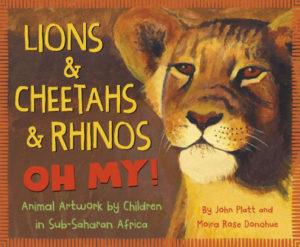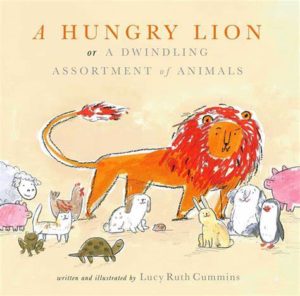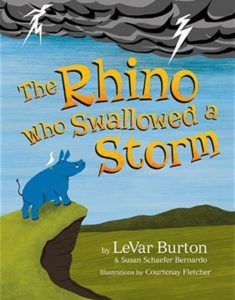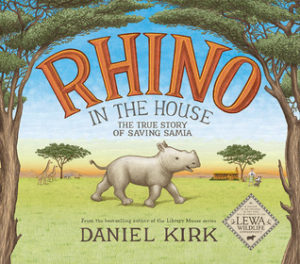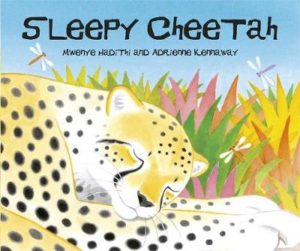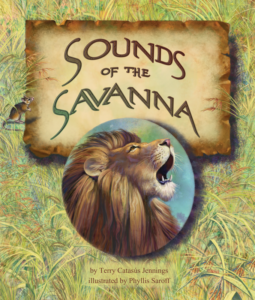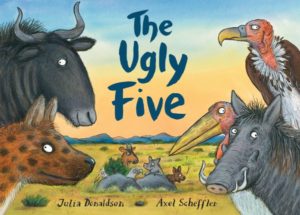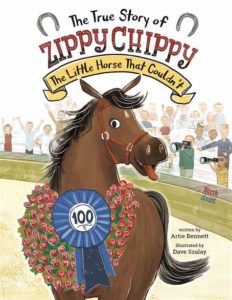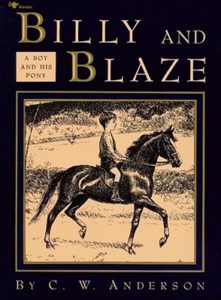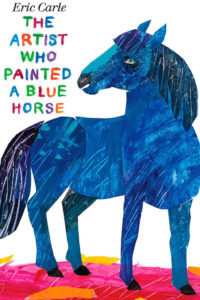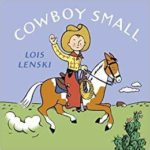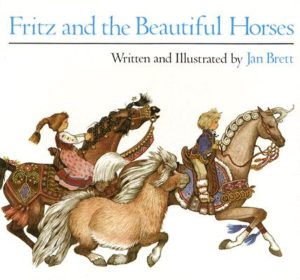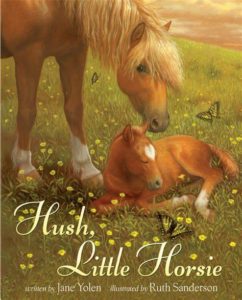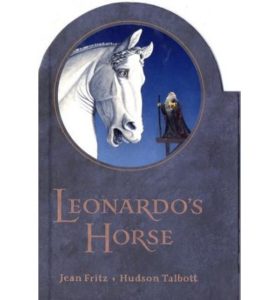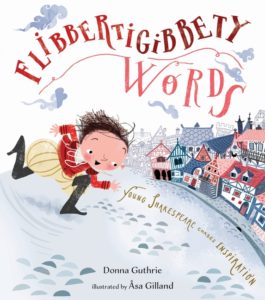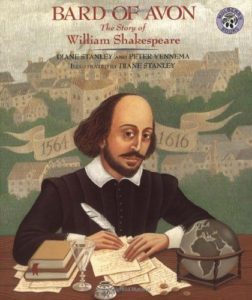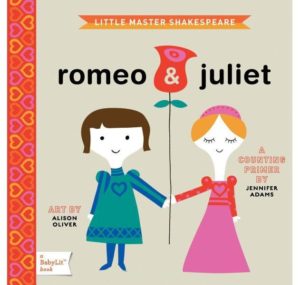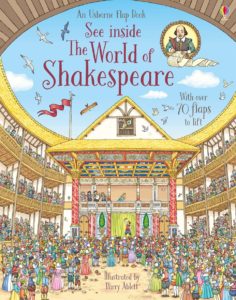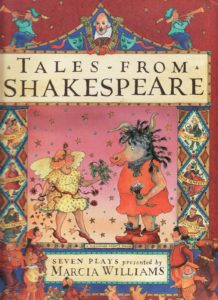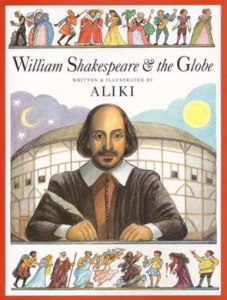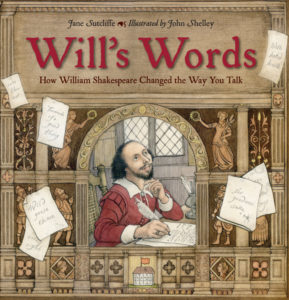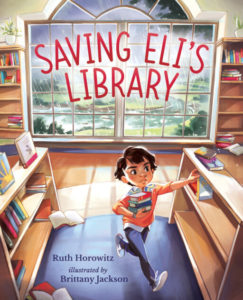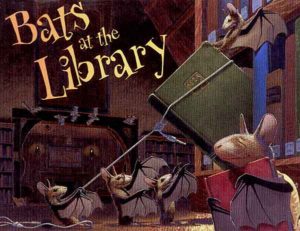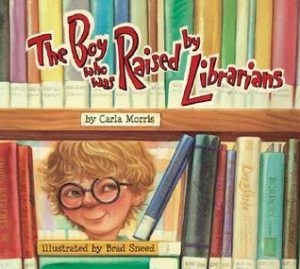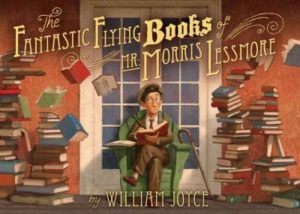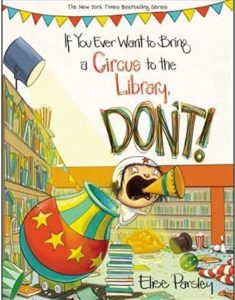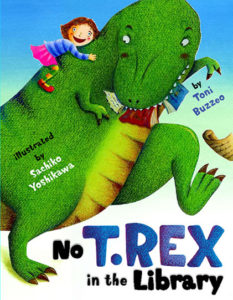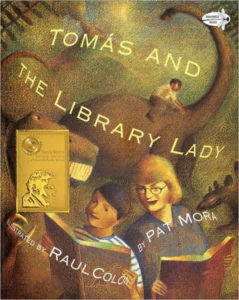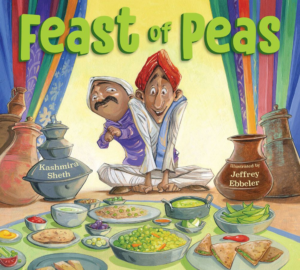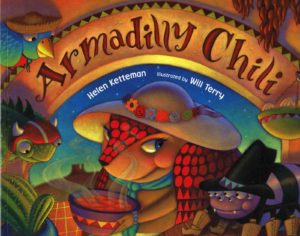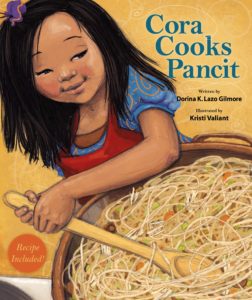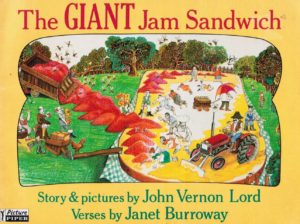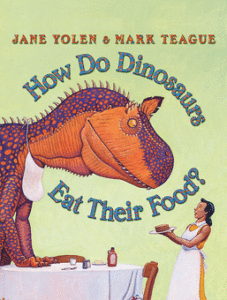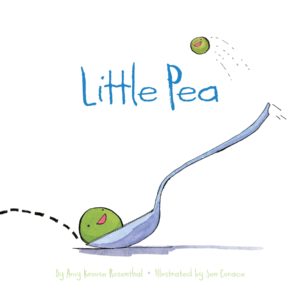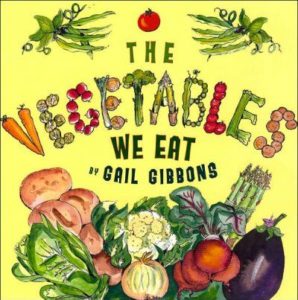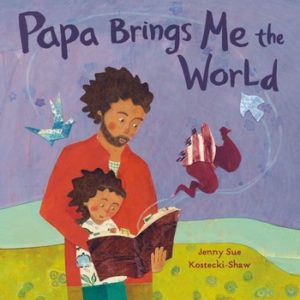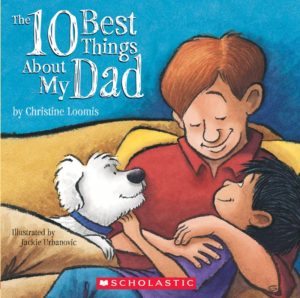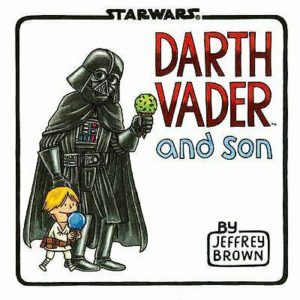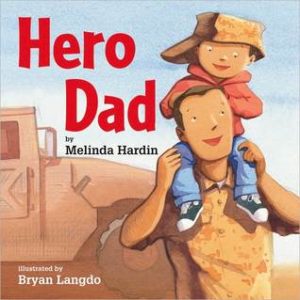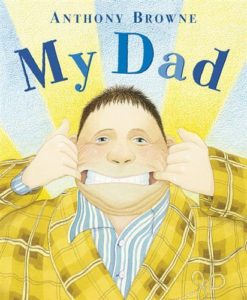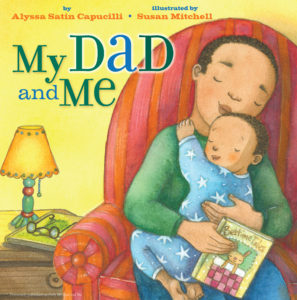Lions & Cheetahs & Rhinos OH MY!
Authors: John Platt and Moira Rose Donohue
15 August 2020
Sleeping Bear Press
32 pages
I was intrigued by the idea of using kid artists for a picture book. What a fun idea, right?
Book description from Sir Read a Lot: “Ten African animals, including lions, zebras, giraffes, and elephants, are brought to life in colorful artwork, accompanied by fun nature facts. With text written by John Platt and Moira Rose Donohue, each animal portrait in Lions & Cheetahs & Rhinos OH MY! is painted by a student from the How to Draw a Lion program. Established in 2018 by New York artist Platt, How to Draw a Lion is a nonprofit art education program that provides art classes for children in sub-Saharan Africa.”
Educational Activities inspired by Platt and Donohue’s Lions & Cheetahs & Rhinos OH MY!:
- Before Reading–From looking at the front and back cover:
- Why does the title include “OH MY!”?
- Where and when do you think this story takes place?
- What do you already know about lions? About cheetahs? About rhinos?
- What other animals do you imagine might be in this book?
- Are the kid artists on the back cover younger, older, or the same age that you imagined?
- After Reading–Now that you’ve read the story:
- What is the main message of this book?
- Which animal fact surprised you most?
- Which of the kid-created images did you like the most? Why?
- What other picture books does this book remind you of?
- What feedback would you give to the authors?
- Drawing–This project is based on the work of John Platt’s How to Draw a Lion program. While the book’s back matter has a step-by-step method for drawing a lion, here are videos that demonstrate how to draw some of the other African animals you saw in this book:
- Crafting–Try your hand at one or more of the following crafts. Get an animal- or art-loving adult to help:
- Easy Elephant–I’m always a fan of 3D animals that can stand on their own.
- Handprint Zebra–It requires using a computer printer and scissors, so be sure to have an adult help!
- Lion Painting–This one uses footprints and forks. How much fun (and how messy) is that?
- Paper Bag Hippo–Googly eyes makes this one really stand out.
- Rolling Pin Print Leopard–Yep, it really uses a rolling pin (which won’t be ruined) to make the spots. Fun!
- Further Reading–Which of these other picture books about African wildlife have you read? (Click on the book cover for more information on any of these titles!)


